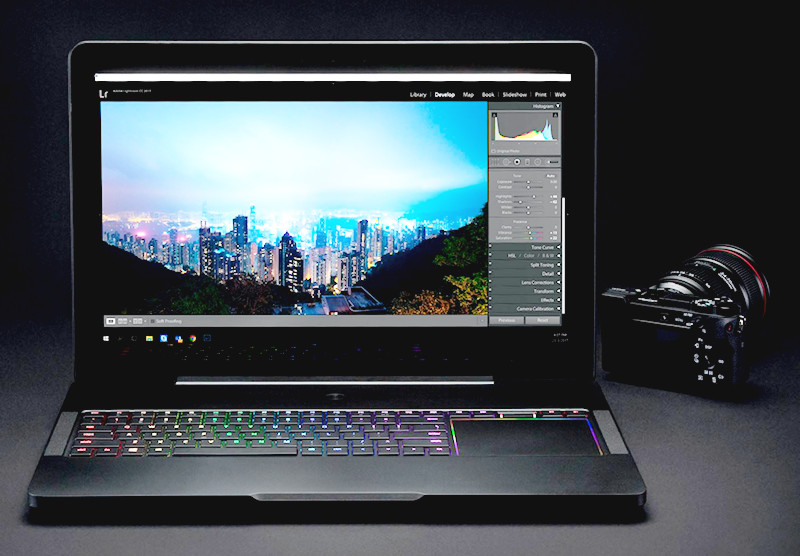THX Ltd., founded by George Lucas in 1983, started by certifying studios and cinemas to “guarantee an artist’s vision is truthfully delivered to audiences worldwide.” Over the years, THX has expanded its certification programs to television receivers, other consumer electronics, content, automotive systems, and live-entertainment systems. But the goal is consistent: to assure the device renders sound and image that are faithful to the originator’s intent.

Late in March, THX launched a mobile certification program designed for smartphones, tablets, and laptops. In a news release, THX said it “recognizes that display and audio settings are key to presenting images and sounds as the creator intended; this new program will provide the highest audiovisual standards possible.”
Through hundreds of tests, “THX engineers check panel performance, audio signal path, and headphone amplifier output.” The company’s certification “ensures consistent image quality across the screen, and sound performance to meet audiophile expectations.”
THX certification verifies that “the video and audio hardware can deliver an optimal entertainment experience.” Included is the “THX Color Calibration Profile,” which provides a precalibrated setting for watching movies and video industry standard color, free from visual artifacts and distortion.
“Optimal Audio” provides flat frequency response, high output levels and a low noise floor for delivering “clear vocals and a dynamic audio platform to enjoy movies, music, and game content.”
The first device certified under under the mobile certification program the Razer Blade Pro, is a high-end laptop PC with a 17.3”, UltraHD display with an IGZO backplane and NVidia GSync technology to vary the frame rate for smoother gaming and video playback.
 The high-end Razer Blade Pro is the first device to be certified under the THX Mobile Certification Program. (Photo: Razer, Inc.)
The high-end Razer Blade Pro is the first device to be certified under the THX Mobile Certification Program. (Photo: Razer, Inc.)
THX’s Testing is Well-regarded
THX has developed an excellent reputation over the years and it’s testing procedures are well-regarded. But I wonder if they will run into some ambiguities when they begin to certify displays of cell-phone size. My human-factors and vision-science friends have pointed out that we perceive the images on small screens differently than we perceive the images on large ones. Not too many years ago, it was common to use 16-bit color on cell phones when 24-bit color was the norm for monitors and TVs. Although 16-bit would have been rejected out of hand for a larger screen, many viewers found it acceptable on a small one.
There is a well-known phenomenon in vision science that a color appears more intense when it is applied over a large area than a small one. Will it be necessary to make colors more intense than technical measurements suggest in order to provide a subjective small-screen experience that is faithful to the artist’s vision?
Is THX thinking about this issure? Would vision scientists like to comment? – Ken Werner
Ken Werner is Principal of Nutmeg Consultants, specializing in the display industry, manufacturing, technology, and applications, including mobile devices and television. He consults for attorneys, investment analysts, and companies re-positioning themselves within the display industry or using displays in their products. He is the 2017 recipient of the Society for Information Display’s Lewis and Beatrice Winner Award. You can reach him at [email protected].

